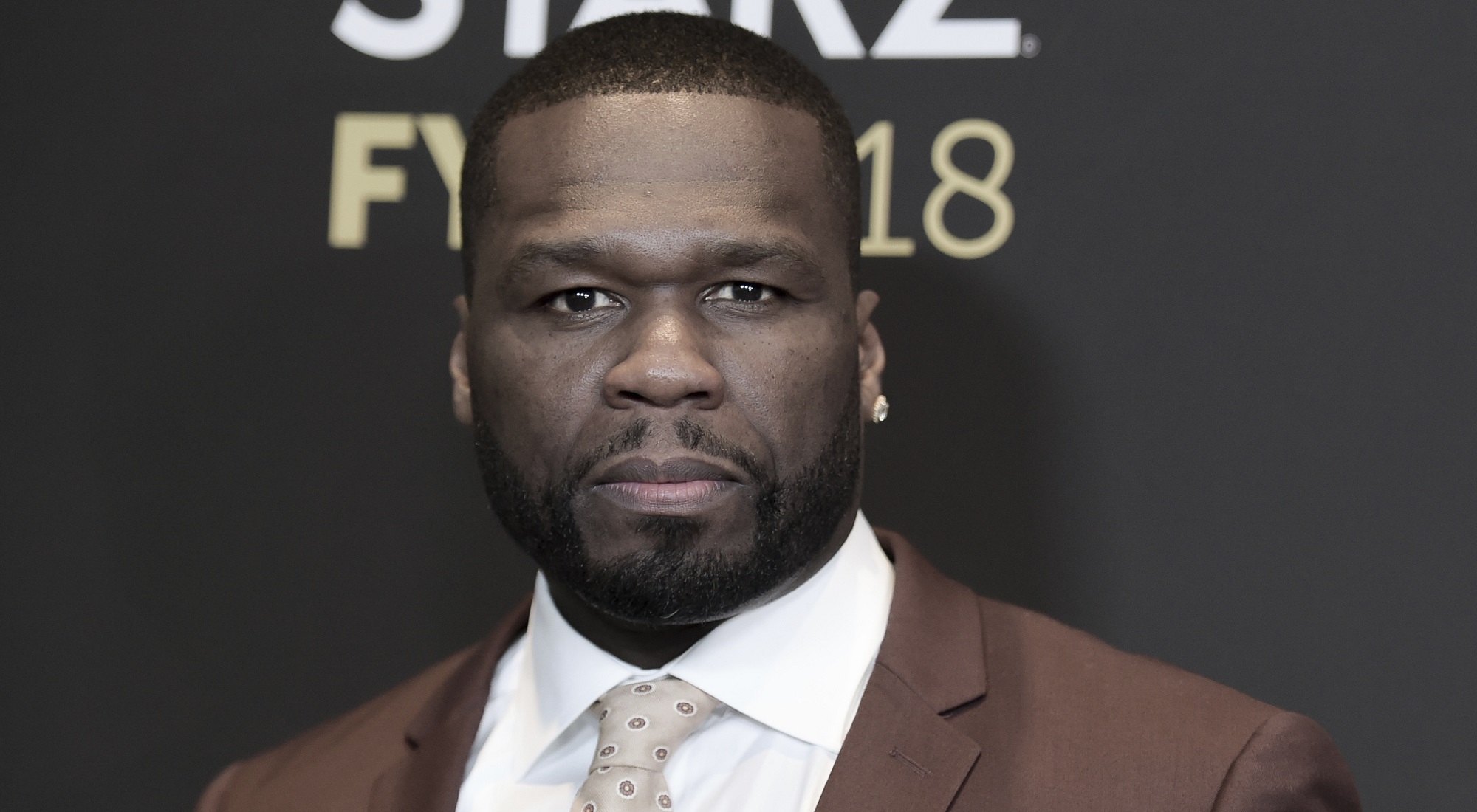In 2003, 50 Cent’s Get Rich or Die Tryin’ kicked in the door wavin’ the .44 with one hand and an unapologetic middle finger with the other. The album’s recipe for success was Black trauma wrapped in catchy hooks served with addictive melodies that shifted Hip Hop culture and put the world in a chokehold.

The year before, Hip Hop was in a soft, celebratory state. Ja-Rule and Ashanti’s “Always on Time” was number one on the Billboard charts, and many artists followed their rapper/R&B singer formula. However, with Black poverty having risen to 24.1%, the music wasn’t reflective of the times. Hip Hop’s street perspective had taken a backseat—almost nonexistent—for years, until later that year in November when a song from the 8-mile soundtrack called “Wanksta” came out. It began to circulate in the streets and gain radio play, creating momentum for the upcoming year.
“They say I walk around like I got a ‘S’ on my chest.
Nah, that’s a semi-auto in a vest on my chest…”
A certified Queens-New York street hustler, Curtis “50 Cent” Jackson first sparked attention with his 1999 single “How to Rob”, where he joked-in-rhyme about robbing the current rappers of the era. While some understood, others took it personally. Jackson had also borrowed his moniker from the original street legend, the late Kelvin “50 Cent” Martin, a Brooklyn native who was notorious for robbing drug dealers before being killed in the stairway of his girlfriend’s building in Crown Heights.
The buzz from “Wanksta” earned the southside Jamaica Queens MC a deal with Columbia Records. Aided by the hottest producers at the time, The Trackmasters, and being mentored by the late legendary Jam Master Jay, the success of his upcoming debut Power of the Dollar seemed inevitable—until it wasn’t.
The hood can be more sensitive than Erykah Badu, and with 50 Cent’s eff-yo-feelings attitude and the release of the song “Ghetto Qur’an” where he alleges some real-life events, the temperature started to rise. Jackson almost suffered the same fate as Martin when in the year 2000 he was shot nine times in a parked car across from his grandmother’s house. He miraculously survived, but Columbia Records dropped him while he was recovering in the hospital, and other record labels turned their backs.
The once bright window of opportunity seemed to be closing as quickly as it had flown open, but 50 didn’t let that stop him. He, along with his G-Unit crew members Tony Yayo (adlib king) and Lloyd Banks (silent sniper), began releasing a series of mixtapes where they rapped over other artists’ popular songs. They created a fanbase who often loved 50’s versions more than the originals. Enter Detroit MC Eminem, who loved the Guess Who’s Back mixtape so much that he pursued Jackson to sign him to Shady Records, Eminem’s label backed by legendary producer Dr. Dre. The three would create a musical, cinematic work of art.
“And you should love it way more than you hate it…”
Get Rich or Die Tryin’ premiered with a roundhouse kick to the face of Hip Hop audiences and beyond. It represented the perfect match—east coast rhymes marrying west coast production, and no song illustrated this more than the lead single “In Da Club”, the greatest birthday song since Stevie Wonder’s “Happy Birthday.” The track’s fun intro brought mainstream attention to the album, catchy enough to have great-grandma singing, “Go, shawty, it’s your birthday!”
The album’s added brilliance was 50’s ability to deliver dark without sounding dark, like “What Up Gangsta”, whose base beat reigns heavily on the eardrum, inducing a stank-face head nod while almost making the listener forget 50’s threats: “Front on me, I’ll cut you, gun-butt you or buck you!” The song “Patiently Waiting,” featuring Eminem, is a lyrical masterpiece with two opposing rhyme styles that meet in the middle.
By contrast, “21 Questions,” featuring the late Nate Dogg, had a guitar loop that gave the vibes of a springtime crush at the local cookout. While “Wanksta” delivered jabs to 50 Cent’s rival Ja-Rule, the track “Back Down” was a direct address of disrespect that painted Rule as a would-be, in-the-closet clown who is falsely impersonating a tough guy. Songs like “If I Can’t”, “Like My Style”, and “Poor Lil Rich” led with a singable chorus that captivates as 50 spits and masters the braggadocious slow flow. Also, in revealing a heavy dose of vulnerability and showing the stresses of past (lowkey, still present) issues of street life, 50 came with tracks such as “Gotta Make It to Heaven”, “Don’t Push Me”, and “Life’s on the Line.”
And yet, no music represented the hopelessness, paranoia, and Black struggle like “Many Men” when he raps, “Many men, wish death ‘pon. Lord, I don’t cry no more, don’t look to the sky no more. Have mercy on me…” The pain in 50’s voice is so authentic it’s heartbreaking. The subject matter for every song on the album deals with wealth or death—correlating with not only the album’s title but relating to a generation who felt down and out at the time.
“When I die, they’ll read this and say a genius wrote it…”
Get Rich or Die Tryin’ is a classic album that resurrected the street element in Hip Hop culture, opening doors for Gucci Mane, Rick Ross, and the Young Jeezys of the world to follow afterward. The album’s legacy was cemented by its ability to apply the simple-is-more approach to rhyming and to make hood records enjoyable to a mainstream audience. While 50 Cent, the once underground king, would become a global icon in music, TV, and film, the reality that Get Rich or Die Tryin’ showcased—the dark side of America’s high-risk, high-reward version of street capitalism—is still relevant twenty years later.













